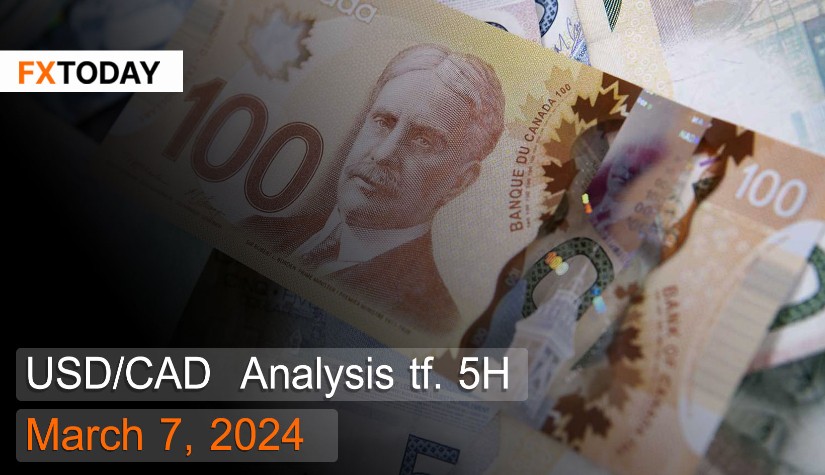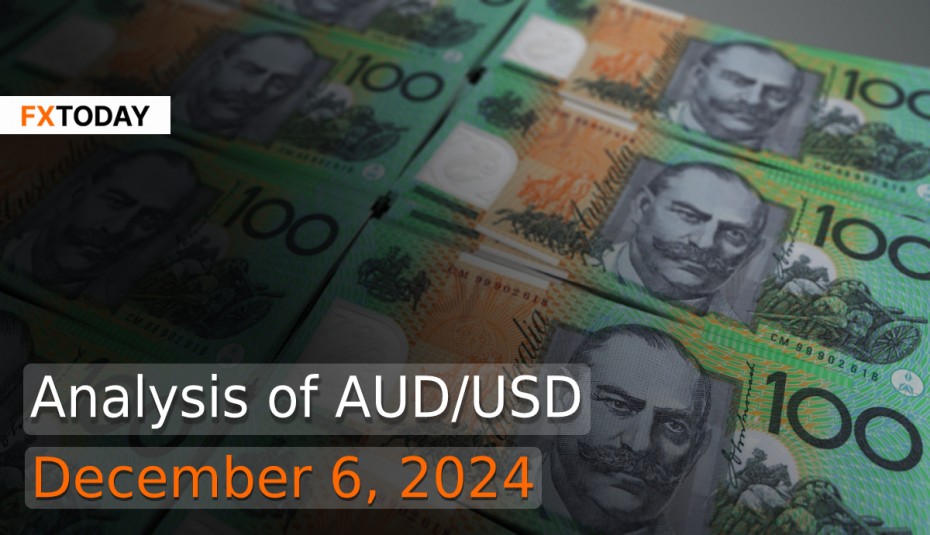The Canadian economy has grown better than expected.
The Canadian dollar has strengthened slightly, supported by GDP data that expanded more than expected. Furthermore, there are forecasts that the economy in the country will grow rapidly in January. Additionally, the increased exports of energy products from Canada are expected to stimulate more foreign exchange transactions.
The Canadian economy expanded by 1% in the fourth quarter of 2023, rebounding from a 0.5% contraction due to increased exports. Exports of goods and services increased by 1.4%, primarily driven by a 6.2% increase in crude oil sales, while imports of goods and services decreased by 0.4%. Moreover, household spending increased slightly by 0.2%, as evidenced by increased retail sales. However, this economic expansion has the slowest growth rate since 2016 due to pressure from high interest rates.
The PMI for the manufacturing sector in Canada increased to 49.7 in February from 48.3 in the previous month, indicating continued contraction in factory activity and new orders due to reduced demand both domestically and internationally. This led to a reduction in production capacity and continuous declines in purchasing raw materials, driven by higher import prices, resulting in increased production costs.
The Business Barometer, a long-term index reflecting forward-looking business expectations for various industries in the country, increased by 6.1 points to 54.9 in February from 48.8 in January. Most data indicate that several industries can still generate profits, and there is a positive outlook for the future economy. However, the financial, insurance, and real estate industries may experience reduced profitability due to issues such as bad debts, increased labor costs, and higher material prices.
The yield on Canadian 10-year government bonds is around 3.5% due to strong GDP data, leading to increased government bond purchases. Additionally, it reflects the flexibility of retail sales and a strong labor market. However, lower inflation figures than expected make it easier for the Bank of Canada to assess and decide that there may be a reduction in interest rates in the second quarter.
Techical analysis data (5H)
Resistance: 1.3522, 1.3532, 1.3539
Source: Investing.com
Buy/Long 1: If the price touches support in the price range of 1.3498 - 1.3504 but cannot break the support at 1.3504, you may set a TP at approximately 1.3532 and SL at around 1.3487 or according to your acceptable risk.
Buy/Long 2: If the price breaks the resistance in the price range of 1.3522 - 1.3532, you may set a TP at approximately 1.3539 and SL at around 1.3498 or according to your acceptable risk.
Sell/Short 1: If the price touches resistance in the price range of 1.3522 - 1.3532 but cannot break the resistance at 1.3522, you may set a TP at approximately 1.3498 and SL at around 1.3539 or according to your acceptable risk.
Sell/Short 2: If the price breaks the support in the price range of 1.3498 - 1.3504, you may set a TP at approximately 1.3487 and SL at around 1.3532 or according to your acceptable risk.
Pivot point March 7, 2024 01:50 PM. GMT+7
|
Name
|
S3
|
S2
|
S1
|
Pivot Points
|
R1
|
R2
|
R3
|
| Classic | 1.3487 | 1.3498 | 1.3504 | 1.3515 | 1.3522 | 1.3532 | 1.3539 |
| Fibonacci | 1.3498 | 1.3504 | 1.3508 | 1.3515 | 1.3522 | 1.3526 | 1.3532 |
| Camarilla | 1.3506 | 1.3507 | 1.3509 | 1.3515 | 1.3512 | 1.3514 | 1.3515 |
| Woodie's | 1.3485 | 1.3497 | 1.3502 | 1.3514 | 1.352 | 1.3531 | 1.3537 |
| DeMark's | - | - | 1.3501 | 1.3513 | 1.3518 | - | - |
















